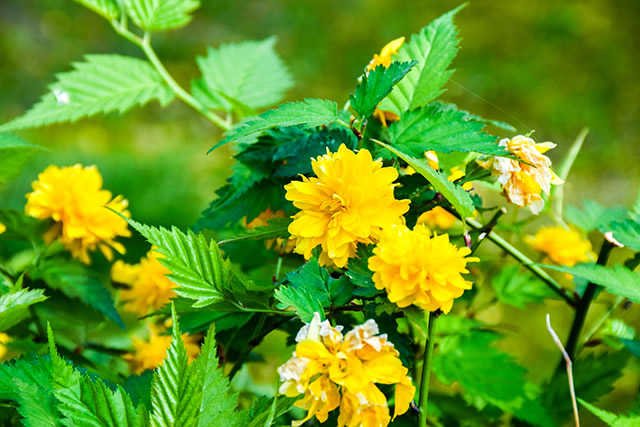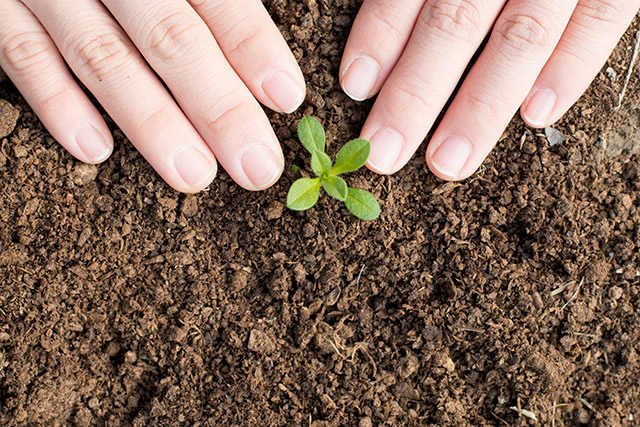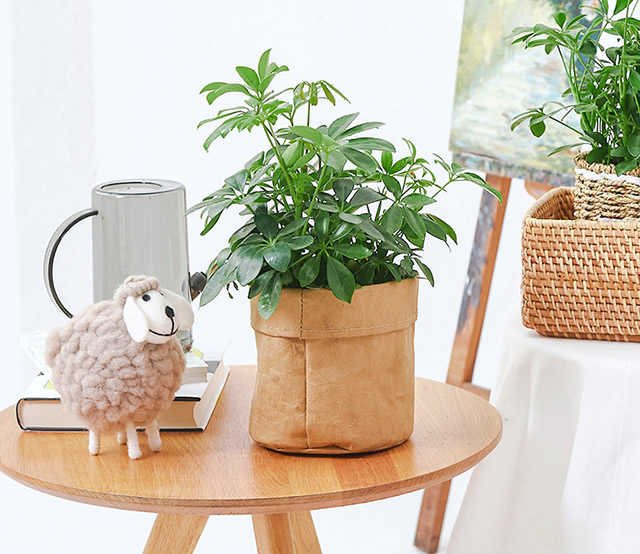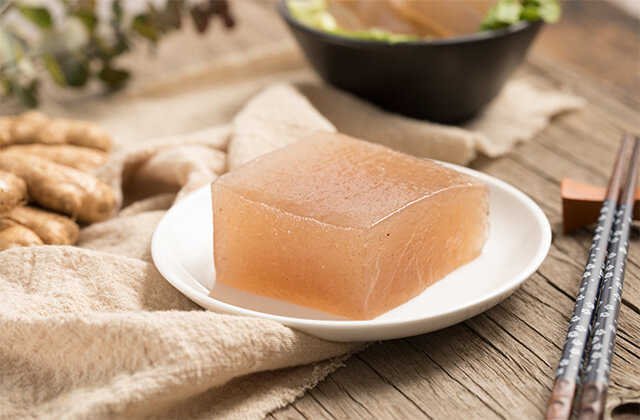Five -color plum bonsai production method of five -color plum in winter breeding methods and precautions
One, five -color plum bonsai production methods
The method of cutting can be used for breeding with five -color plum bonsai, which is generally performed in the growth season.
1. Cut a strong year of raw branches, each section of each section, inserted in the sand or vermiculite;
2. Put it under the shade shed and keep the soil and air moist;
3, about 40 to 50 days of root, can be divided into pelvis.
4. The small seedlings should be planted with a rich and fertile soil containing humus. After planting, water and Fertilizer management is strengthened to make the plant grow rapidly, the trunk hair is thick, and the excess branches and control the height of the plant should be cut in time.When the plant length is suitable, the shape can be made in size.
2. The breeding method of five -color plum and the precautions for winter
1. Provide soil: The five -color plum requirements for the soil are not high. When breeding, it can be planted into the soil where the soil, the rivers and sands, and the compost of the compost and mixed blending. Before planting the five -color plumThe roots and corruption are cut off to improve the survival rate of five -color plum.
2. Pour water: After planting the five -color plum, use a spray pot to inject water along the edge of the flowerpot, so that the soil surface is dark brown, allowing the plant to grow in a moist environment.Moose water every 3 days to maintain the humidity inside the soil.
3. Provide light: The newly planted five -color plums should be placed in a cool semi -overcast place to avoid the plants from being illuminated by strong light, and it is difficult to survive. After the five -color plum grows out of the leaf buds, it needs to be moved to the Outdoor gitness, so that the plant every day every dayAccepting 4-6 hours of light promotes the growth of the five-color plum.
4. Regular fertilization: Its flowering time is relatively long and consumes more nutrients.During the management period, you must apply diligent fertilization.During the growth period, it is best to fertilize once every half a month, and the Fertilizer can be used with thin compound Fertilizers.After the cooling, stop the Fertilizer in time and enter the room management.
5. precautions for winter
(1) The Outdoor temperature in winter is low. The cold resistance of this plant is relatively weak and cannot be placed outdoors, otherwise it will be prone to low temperature and freezing damage.
(2) If the temperature is not enough, the five -color plum will automatically enter the dormant state.During this period, water and Fertilizer demand is not high, and we must also pay attention to maintenance.
Three, pruning methods of five -color plum
1. Topping: spring is the peak growth season of five -color plum, and the speed of germination is fast.When the five -color plum grows to the height you want, you can use it to cut off, cut the top buds to promote the nutrition to more concentrated, promote the germination of the side branches, and the plant shape will become fuller.EssenceIf the branches that are treated are strong, cuttings can also be made to cultivate new plants.
2. Pruning during the growth period: The growth period is mainly to cut off dense branches to avoid excessive branches inside, which affects ventilation and light transmission. It is easy to infect pests and insect pests, and it will affect flowering.Usually find that pests and insect branches should also be cut off in time to avoid infectious bacteria.
3. Trimming during the dormant period: It is necessary to trim the five -color plum before winter. At this time, cut it again, and cut all the branches of poor growth on the plant.In this way, it can improve the cold resistance of the plant, benefit the wintering, and promote the better germination of new branches in the coming year, which is conducive to the growth and flowering in the coming year.



